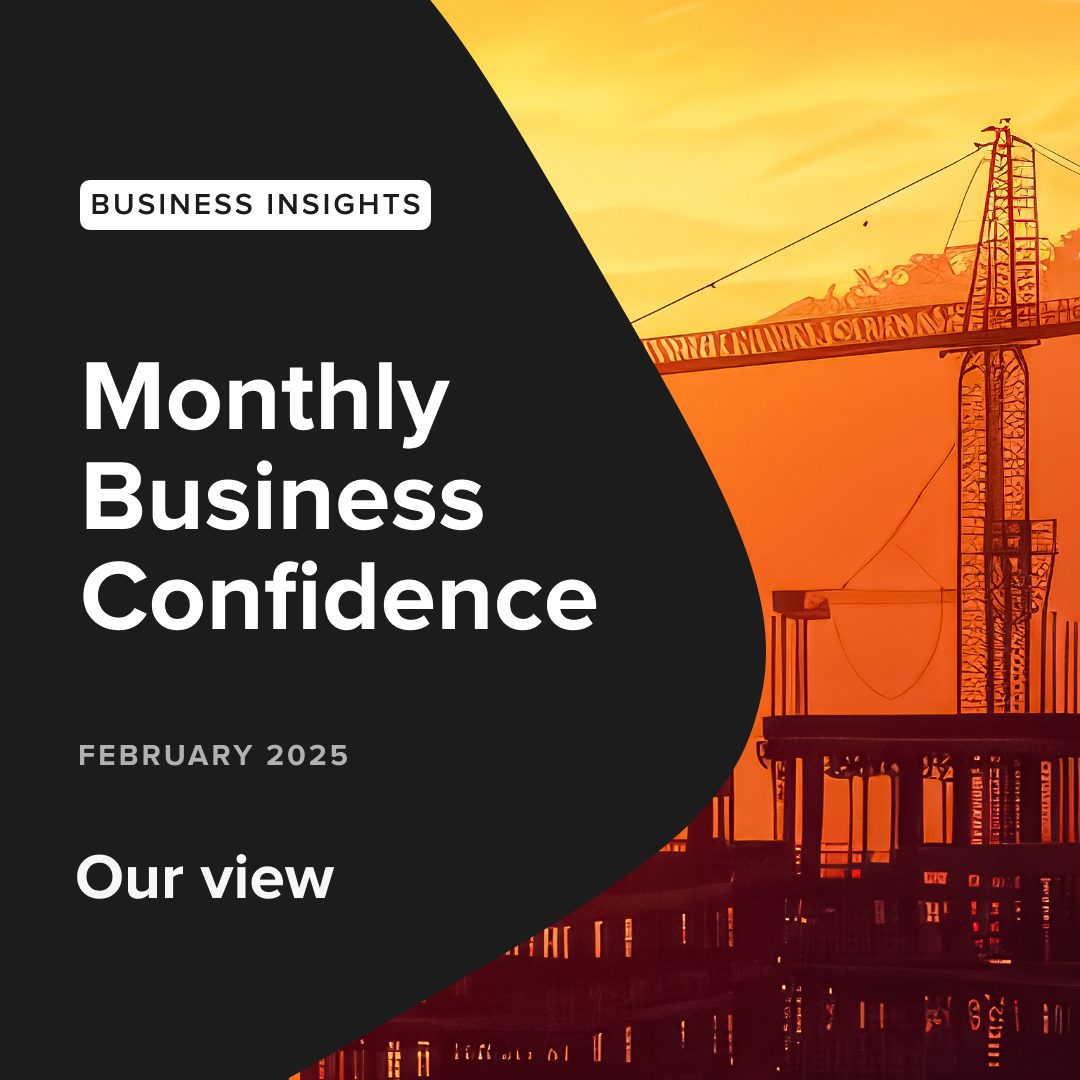With the end of the financial year behind us now is the time of year to come up with resolutions, especially for small to medium sized enterprises.
“Way too many SMEs are in ‘set and forget’ mode when it comes to cash flow management,” says David Henderson chief executive of accountancy group ROCG Asia Pacific and founder of CashMaxforecaster.com.
“It’s never too early to start planning for the end of the financial year. In fact preparing for the June 30 is a year-round job,” he said.
Henderson said the special needs of the end of June 30 often catch SMEs by surprise, even though the same things must be done on an annual basis.
“Cash flow can become one of the biggest problems for small and medium businesses at the end of each financial year,” he said.
“There can be a down-time in trade for stocktake, slashing of profits margins due to seasonal sales, the settling of debts, chasing of creditors, and a binge of last minute budget-balancing spending.
“Without planning, tax time obligations can deplete current cash flow reserves and this can have a negative impact on the following year’s operations,” he said.
SMEs have the advantage over big business in that they can more readily adapt to the changing environment in which they operate, Henderson believes. But some fail to do this and pay heavily.
“It is not unusual to find SMEs rigidly sticking to certain ways of doing things, even when small warning signs start to trigger major alarms,” he said.
“Far too many claim they are too busy running the business to worry about things such as cash flow.
“Managing cash flow is critical to the success of any business – small or large – and a bit of advance planning might be all that is needed to free up liquid assets and ensure ongoing profitability,” he said.
CashMaxforecaster.com’s 10 Resolutions EOFY for SMEs:
- Embrace change
What works one year might not work the next: unsettled markets, fickle clients, different suppliers and staff, changes in operational procedures, refurbishments, capital asset shifts, different taxes, and complying with updated legislation can all have a big impact on cash flow. As well a changing lifestyle – mortgage, children, travel, retirement plans – can see those cash assets repurposed or diminished.
Resolve to not only embrace change each and every financial year, but to adjust accounting and management practices to accommodate this change. Sticking with the same old way of doing things could limit growth, productivity and profit.
- Leverage low interest rates
Cash reserves are not getting the return they were even just a few years ago but low interest rates can be made to work in an SME’s favour.
Consider if it is worth investing in capital equipment and paying off debts while keeping lines of credit open. Resolve to leverage low interest rates but budget now for higher rates over the next few years.
- Cash upfront and in advance
It might seem counterintuitive to pay for some services and utilities including insurance and phone plans upfront when such outgoings can be managed on a monthly basis.
It is possible though to save up to 10 per cent by shopping around and being willing to make a one-off, advance payment. This is especially true when it is known that certain premiums, such as health insurance, rise annually. Paying for the following year in advance before the price rise can see a saving of 3-6 per cent. Such savings can be much higher than current interest returns on cash deposits. Resolve to shop around or negotiate savings on fixed costs.
- Direct debit not direct debt
Another tactic to improve cash flow is to set up direct debit accounts when discounts for this payment method are offered.Direct debit can lead to savings of around 4 per cent on fixed costs, but this will be more than wiped out if there are insufficient funds and the supplier and bank impose heavy penalties. This style of auto debt can also damage a good credit rating. Resolve to manually check that there is no danger of the autopilot failing.
- Dance with the dollar
Even if a business is not an importer or exporter, chances are somewhere along the supply chain it could be slugged with higher costs as the Aussie dollar slumps or reap the rewards when it rebounds.
A rising or falling Australian dollar has an impact on consumer confidence and influences if buyers will go offshore for a better deal, even if it is to buy everyday items online from an offshore outlet. Resolve to keep an eye on the Aussie dollar.
- Time the annual return
If the tax office owes the business money, try and get it back as soon as possible after June 30. The refund might also beat the rush and take less time to process. Small companies lodging their own returns have until late February 2016 or October this year if there is a history of late reporting. An accountant will advise on the due date as will the ATO. Resolve to get that cash back as quickly as possible or avoid paying it out for as long as possible.
- Choose the best GST option
Compulsory collection of the goods and services tax can artificially inflate cash assets by 10 per cent. Refunding that 10 per cent to the ATO as a one-off payment can blow a big hole in any business budget. To help maximise cash flow, choose a GST payment option carefully.
A small business with an annual turnover of less than $2 million or with a GST turnover of less than $2 million can pay GST by monthly instalments or quarterly. Resolve to choose the best option for GST payments.
- 1 July changes
July 1 is the usual date for a raft of tax changes to take effect.
In 2015 there will a reduction in the company tax rate from 30 per cent to 28.5 per cent. This could be offset by an additional levy for businesses with a taxable income of more than $5 million.
Other changes to personal tax such as a freeze on income thresholds for private health insurance and the Medicare levy as well as changes to family benefits taxes could indirectly impact business cash flow as household expenditure changes. Resolve to know how 1 July changes will affect the business.
- Off peak rates
Prices drop and there is more choice when holidaying out of peak season. The same can be said for financial and legal advice. Even if accounting and legal fees stay the same year round, seeking advice in off peak times can mean an adviser might be better focused or more appointments are readily available. It also means end of year planning can start as soon as possible. Resolve not to leave finding out what is needs to be done until the same time as everyone else.
- Depreciation, deductions and donations
To make the most of a favourable depreciation deal, buy in July. Grab all cheaper directly deductible bargains right up until midnight on June 30. A deduction is a deduction based on its purchase date, not whether or not it was used. Be aware too that charitable donations and gifts can offset tax liability. To claim a tax deduction, first check that the organisation has DGR, deductible gift recipients’ status.
About the Author:
David Henderson started in his family’s small accountancy firm before cracking the international market.
A chartered accountant and the CEO of ROCG Australia Pacific, David strives to make the financial intelligence and practices of key global players accessible to small to medium businesses via CashMaxforecaster.com.



